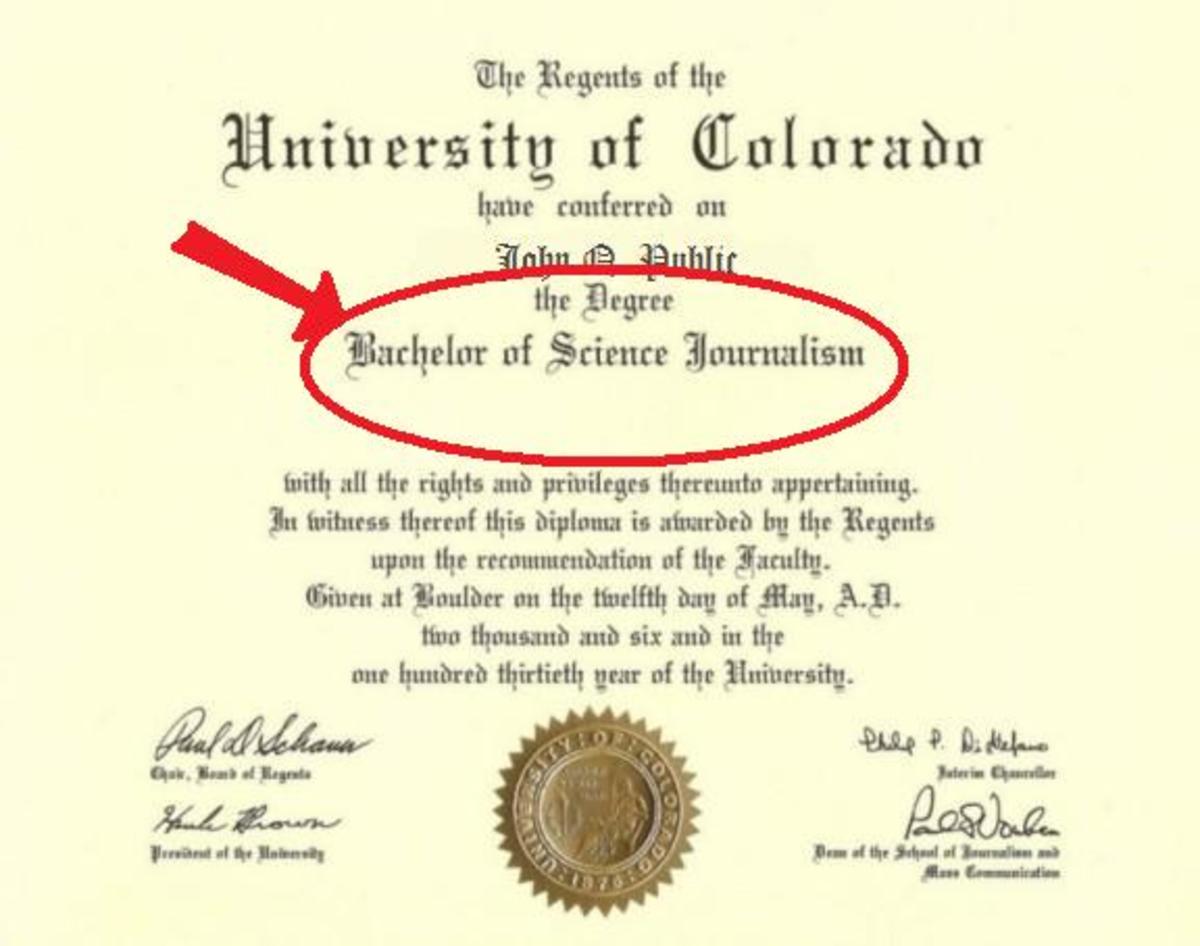Problems with Textbooks
Why Aren't College Students Reading the Textbooks?
Textbook companies have a very effective business model. Some might even call it a racket. They can charge much higher prices than virtually anyone would ever pay for conventional books, knowing that students are obligated to buy the books that their teachers have assigned. They also face limited competition because most of the books are produced by a few large companies, with the various offerings that cover a particular subject being virtually identical anyway. Unfortunately, by the time that campus bookstores have marked up the prices even further, students who actually buy the books can find themselves with a tab of hundreds of dollars per semester. And given the steadily rising cost of education, it’s just one more burden placed on students (and sometimes parents) who are struggling to get that increasingly mandatory college degree.
It’s no surprise, therefore, that many students have turned to the internet in an attempt to relieve some of that burden. As with all products in our interconnected society, it is much easier for sellers of used books to find potential buyers, and students can also get around the high, campus bookstore prices for new books by turning to other distributors. Textbook companies, however, can get around some of the used book “problem” by coming out with new editions of books every two-three years, making earlier editions unavailable to teachers who are required to order conventional textbooks to fill those campus bookstore shelves. So in the end, many students choose not to buy the books at all, hoping that they can survive purely on the class lectures or on creative book sharing arrangements with other students.
Cost, however, is only part of the problem. History textbooks, in particular, can be overwhelming to students. They are so damn thick, with the hundreds of pages filled with a mass of seeming historical trivia. They also tend to be written in a dry manner that does not exactly bring the past to life for non-history majors taking the survey classes that I teach. So if students bother to buy the books, there is a good chance that they will never come close to reading every word, and even those who do will generally find it difficult to retain much of this information. And in our world of Wikipedia and of countless other online resources, they may feel that they can find the basic information without a textbook anyway. The generic history textbook, therefore, may be a historical relic left over from a time before the Information Age transformed our lives and when books were (somewhat) more affordable. So just as (most of us) teachers have given up the chalkboard and filmstrips for Power Point presentations, DVDs, and YouTube videos, if may be time to rethink the textbook model.
It is difficult, however, to find an affordable book that breaks the material down in a more manageable and meaningful way than the typical textbook. So I decided to write my own, and my students this semester get to be the “guinea pigs.” I still assign the same conventional (relatively cheap) textbook that I have used for years along with a second (relatively cheap) book that is an excellent collection of primary source documents. But in addition to these two, I have listed my own book, “Accessible American History,” as “recommended” reading. Unlike conventional textbooks, my book is much cheaper than even the lowest-end textbook, increasing the prospects that they might actually buy it. It is also a collection of concise, easy-to-read essays rather than the comprehensive, detailed textbooks that tend to overwhelm them. It therefore accomplishes my goal of helping them learn “the basics,” not to memorize a bunch of details that they will forget shortly after the tests are over. The principle “less is more,” which guides my teaching philosophy, is also embedded into my new book.
I recognize, however, that my book is not comprehensive enough to stand alone, which is why I continue to assign the conventional textbook. If nothing else, assigning textbook readings may help the more committed students develop the basic academic skill of learning how to read a textbook.But in the Information Age, those who choose for whatever reason to not buy the conventional textbook can find online resources to fill in some of the details not covered in my book or lectures. So given the unfortunate reality that a significant portion of the class will not do the assigned textbook reading, it is best to adapt to the situation instead of cursing their “laziness.”
In a nutshell, reading a book of essays written by the teacher is definitely better for a student than reading nothing at all. Hopefully, at the end of the semester, I will notice a slight spike in student success in comparison to the past. Considering the positive feedback that I have already gotten from students regarding my book, there is reason for hope. And if nothing else, being both the teacher and book writer puts me in an ideal situation to adapt to the reality of the classroom, not to crank out textbooks that a company thinks will sell. So if I ever come out with a new edition, it will be with the goal of helping my students learn more effectively, not (primarily) to stop students from buying used books.
Here's a link to a hub that describes my new "textbook"
- I Published My First Book!
The hub includes links to where the book can be purchased.








